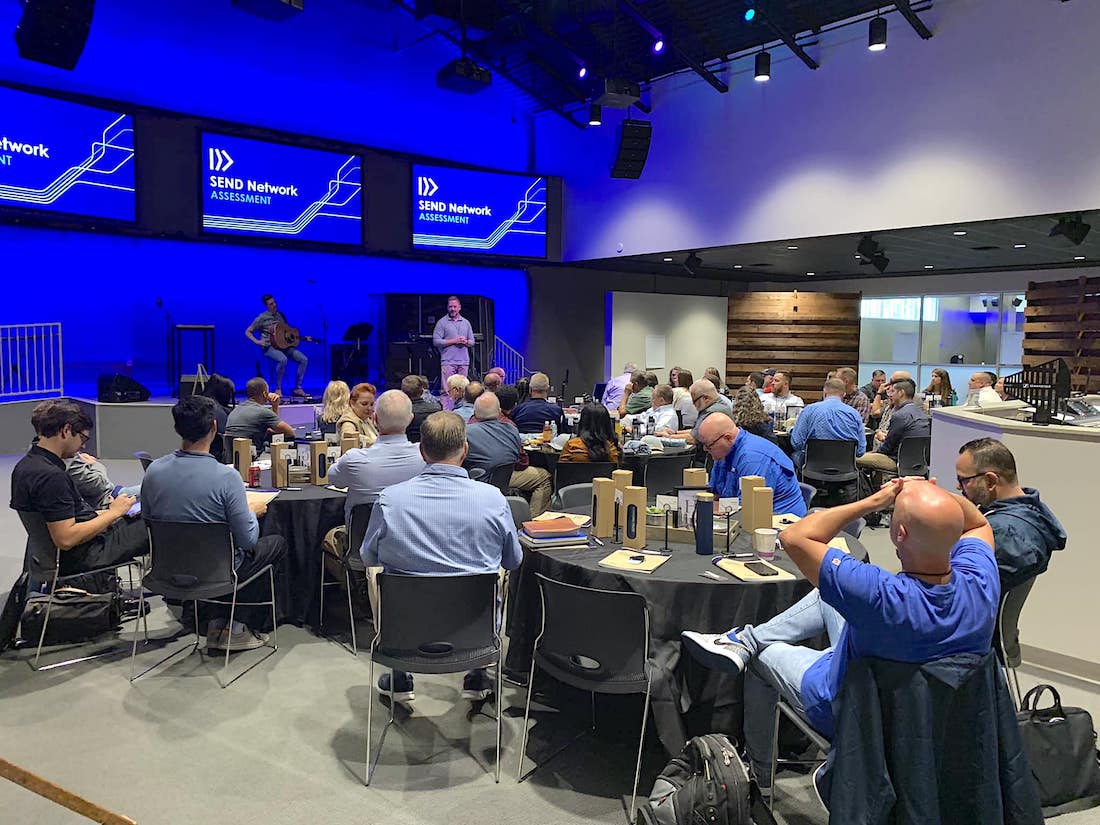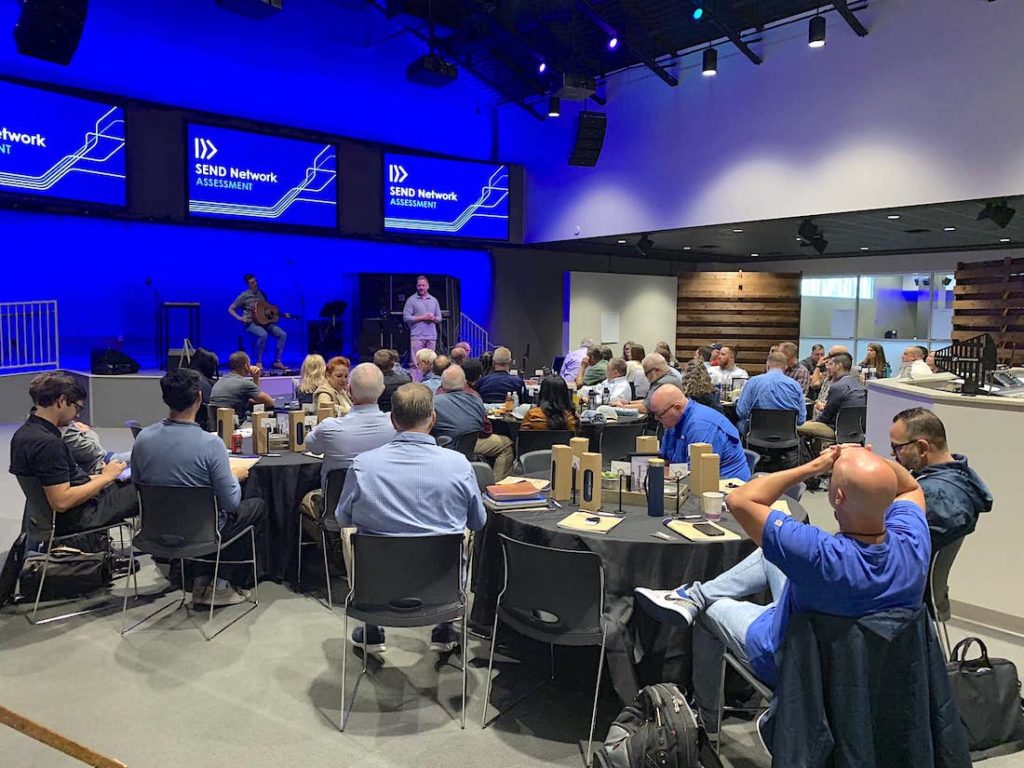NASHVILLE (BP) – When Christ Fellowship in Tampa, Fla., felt led to launch a new campus, they weren’t alone. Send Network Florida walked beside them every step of the way.
A partnership between the Florida Baptist Convention and the North American Mission Board, Send Network Florida helped identify a church planter then assisted with assessing, training and coaching him. Christ Fellowship’s Riverview campus launched this year with campus pastor Jawaan Wilson leading the way.

That success story isn’t an anomaly. Thanks to the Cooperative Program, no Southern Baptist church that decides to plant a new congregation is forced to go it alone. Their Baptist state convention, often in conjunction with NAMB’s Send Network for church planting, provides resources and coaching from the moment they decide to plant until the plant is self-sustaining.
“By being a Southern Baptist church and by us cooperating together using Cooperative Program dollars, significant resources can come back to that sending church to help them love on and support and send out that church plant,” said James Peoples, director of Send Network Florida.
Across the SBC, 817 new congregations were launched in 2021, the highest total since 2015. That total included church plants, replants and new campuses of existing churches. For each of those congregations, there was a sending church that needed assistance customized to its unique setting. CP made that customized help possible. While not every church plant is funded directly by CP, every sending church has access to CP-funded assistance.
“Multiple levels” of help are available to sending churches, said Paul Westbrook, church planting director for the Illinois Baptist State Association (IBSA). “In most cases,” the support isn’t a financial contribution. “The support would come more from encouragement and tools and resources that would be made available to them through either NAMB staff, Send Network or, in our case, IBSA’s church planting staff.”
Church-planting residencies comprise a major portion of the help for sending churches in Illinois. The residencies allow prospective church planters to join a church staff temporarily, where they learn how to start and multiply small groups, develop leaders and improve their preaching – all while being coached by experienced leaders. After six months to a year, the planter is sent out to practice the skills he has acquired.
The IBSA aims to establish at least two church-planting residency programs in each region of the state. A NAMB training in Chicago last month trained 10 churches how to establish residencies. After a church plant launches, IBSA continues to provide in-person and phone consultations for the sending church, helping them work through any problems that arise.
Church planting isn’t just for large churches, Peoples said.
“Because of the generosity of Southern Baptists partnering together in the Cooperative Program, any church of any size anywhere can be a sending church for a new church plant,” he said. “Being a sending church is about relationship, not about finances.”
If a Florida church of just a few members wants to plant, Southern Baptist resources can help them. If the church already has identified a planter to work with, Peoples can walk that planter through Send Network’s assessment process and help him get started. As part of the assessment, representatives from the sending church learn church-planting best practices to assist their planter.
If the church that feels called to plant doesn’t have a specific church planter in mind, Peoples can help them make connections – either to become a sending church or to partner with an existing church plant.
The story is similar in Texas. Assistance is available for sending churches from the moment they start to consider planting.
If a Texas Southern Baptist church “feels called to plant a church or explore the possibility, we provide consulting through our catalysts or myself to help them understand the process that’s ahead of them,” said Jason Crandall, church plant lead for the Southern Baptists of Texas Convention (SBTC) Send Network. “We want them to get a big picture of what’s available to them as a sending church inside of Send Network SBTC from residency to assessment to training.
“Additionally, as a sending church develops a potential planter, the SBTC offers resources for residents who are heading toward a Send Network assessment within the next 12-18 months. We can also provide residency curriculum through our partnership with the [NAMB] Send Network that is customizable and helps the sending church prepare the planter for the field,” Crandall said.
After launch, the sending church continues to benefit from coaching, consultation and training.
The bottom line for sending churches is that each of the 42 state conventions in the SBC family is committed to walk with them from pre-launch through empowerment of the new congregation as a self-sustaining church.
“For any SBC church that embraces that responsibility [to plant a church],” Peoples said, “because of the Cooperative Program, Send Network can partner with them to provide significant resources to help them plant.”
Published October 19, 2022
